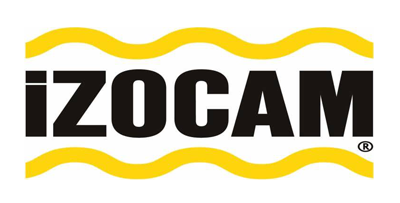


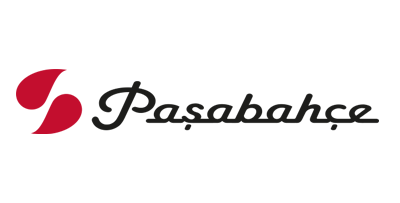


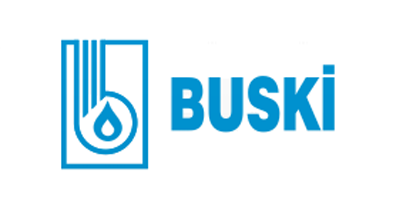

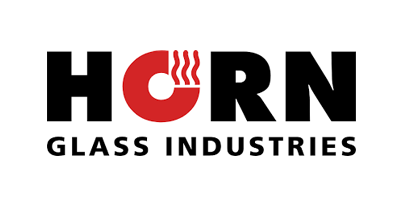

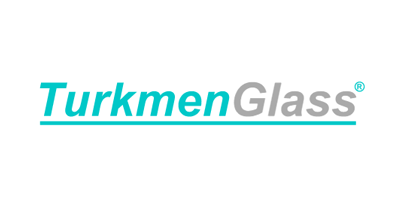
Refractory mortar is also known as high heat refractory concrete. The main purpose of refractory mortar is to face the hot faces. The hot face is a term used to determine surfaces facing extreme amounts of heat. Internal walls of industrial furnaces are a good example to them. Refractory mortar will face the heat, the hot flames and corrosive gases with fire bricks. Therefore, the quality of the refractory mortar is very important. The mortar is usually prepared as a mixture and the ingredients are determined by the intended use of the furnace. The refractory mortar, in other words, is different for each project and furnace.
Refractory mortar should not be the primary surface to face the heat. This job mainly belongs to the clay body of fire bricks. This is why the mortar does not cover the entire walls of the furnaces. Refractory mortar is used in small amounts for the fire brick structure to stay strong and stable. The mortar should be applied thinly between bricks and only in places where needed. For example, in dome-shaped furnaces, refractory mortar must not be exposed on the inside and the outside. The thickness of the mortar is also very important. Higher mortar thickness always shrinks and this creates a gap difference between bricks.
Every time this happens, the bricks change their position a little bit. This will lower the lifetime of industrial furnaces and a rebuilding job will increase the costs. That is why refractory mortar should only be mixed and applied by experts. To ensure the structural stability and strength, the installation job must be appropriate and professional. In some cases, it may become mandatory to add calcium aluminate cement and/or firebrick grog to the refractory mortar mixture. Fire brick grog, calcium aluminate cement, lime, and water is a commonly used formula for refractory mortars.











You can learn more about what we have accomplished in detail by reviewing our recent projects
More Details